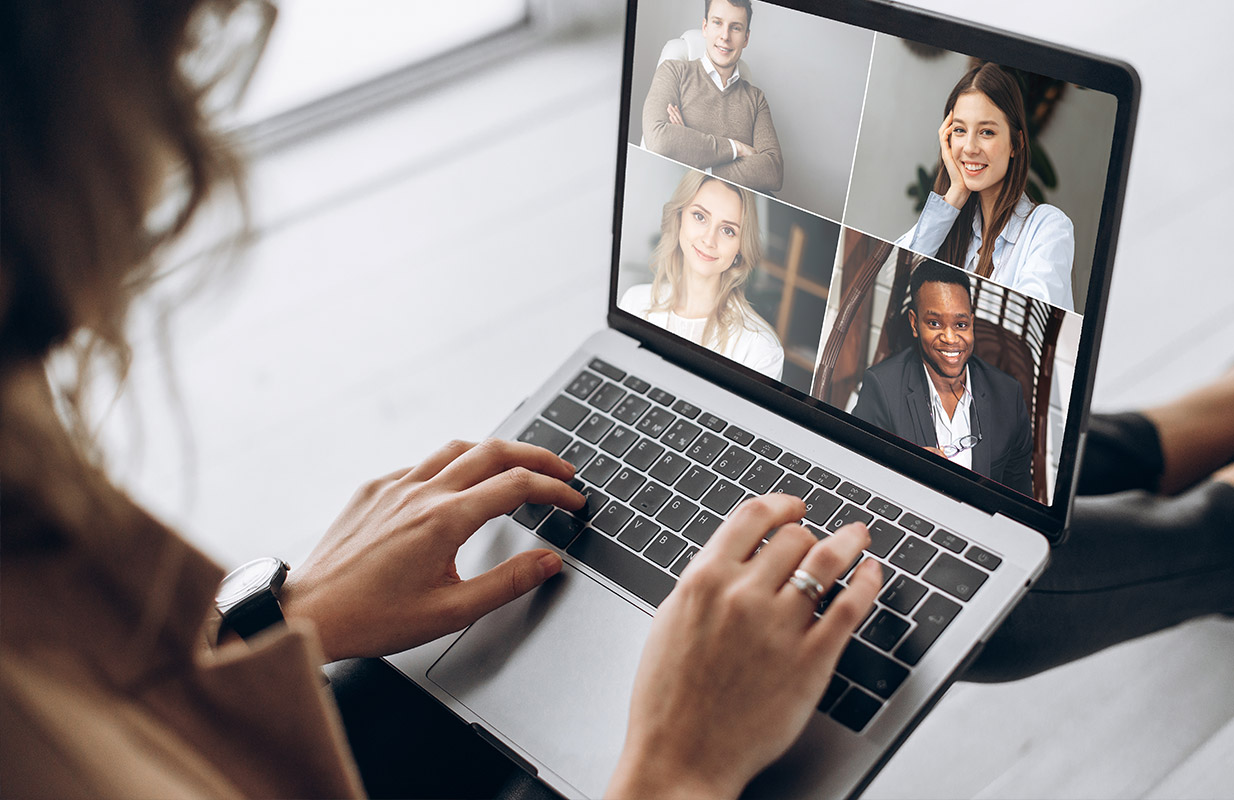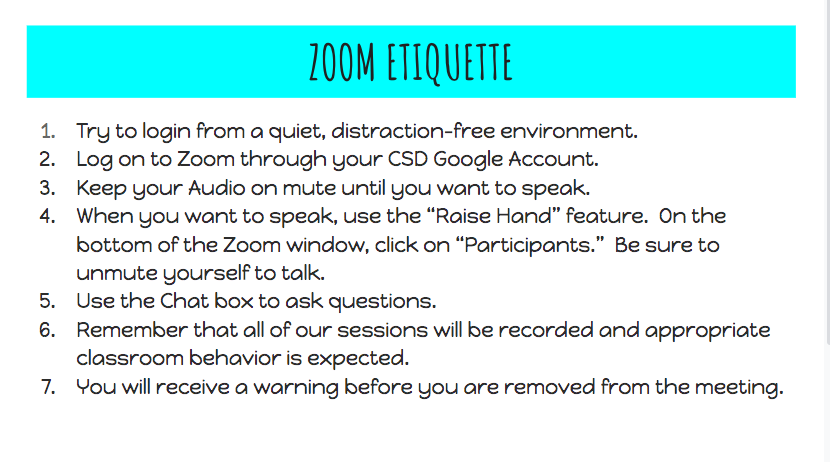

Video Auditing (‘virtual auditing’) procedures in GMP sectors are now being used for:

Less travel time / less impact on the environment.Lower costs including travelling costs/meeting catering fees.While there are PROs and CONs to both types of audits (onsite audits vs remote audits), remote auditing has many benefits to offer. Remote audits are rapidly becoming the preferred method of conducting a GMP audit given in-person GMP compliance inspections pose a greater risk in the current climate of a global pandemic. They are now a crucial alternative to in-person meetings, helping protect personnel, premises and patients from potential virus contamination risks. Secondly, Zoom meetings and ‘Microsoft Teams’ meetings became mandatory in response to the pandemic. That’s because these supply chains have become more complex over recent decades involving numerous countries, raw material suppliers and vendors of other processes and components (such as packaging).Firstly, it has been increasingly necessary to use video conferencing to audit overseas suppliers (and other remotely-located partners) in the pharmaceutical or medical device supply chains.The backstory to the rise in video conferencing in response to the pandemic All sectors have experienced a rise in the use of internet conferencing, not just GMP sectors like the Pharmaceutical industry.īut for the pharmaceutical manufacturing industry, Zoom meetings and/or secure videoconferencing platforms, and remote auditing, is a necessity. Watch a Mayo Clinic video on how virtual meetings impacts your mind and body. But the transition didn’t go smoothly for some and many individuals - a year later - complain of ‘ Zoom meeting fatigue). Remote auditing options, as well as video-based auditing techniques, evolved out of necessity. Why converting to video-conferencing meetings is still in transition for many meeting organisers

Zoom etiquette and video conferencing skills The FDA calls them ‘remote interactive evaluations’ and they are being used when travelling is not feasible (such as when it’s too risky for personnel, but when NOT auditing is too risky for public health and patient safety).įor our remote auditing training course for both regulatory Auditors and Auditees (including manufacturing personnel or suppliers), click here. These remote audits/offsite “inspections” include regulatory audits by the TGA and FDA of Pharmaceutical Quality Systems (PQS audits). Video conferencing technologies are now being used to perform remote audits on a regular occasion. Home office gadgets, including video cameras, Zoom app filters, and other devices skyrocketed. And nearly everyone else, including family, friends - and education providers.īorder closures had a dramatic impact on our digital conference rates and Zoom usage.

As the pandemic spread across the globe in early-and-mid 2020, we became increasingly reliant on Zoom meetings and digital devices to connect with colleagues and customers. These virtual meeting platforms are here to stay, especially with travel restrictions likely to continue for at least the next two (2) years (or longer). In 2021, Zoom etiquette continues to be a dominant blog theme. Always keep the chat rooms appropriate.ZOOM etiquette and Zoom Meeting DO’s and DON’TS made all the top 10 blog topics lists (2020-2021).
#ZOOM MEETINGS ETIQUETTE SOFTWARE#
Check your Wi-Fi, test your video and audio, and get familiar with the software before entering the meeting.Ensure your workspace is quiet, clean, and has an appropriate background.When attending a class or meeting via Zoom, portray yourself in the best light possible as a student or employee of Minnesota State University, Mankato by following these tips on preparedness and general Zoom etiquette.


 0 kommentar(er)
0 kommentar(er)
